Graphics Reference
In-Depth Information
Figure 12.13.
A smooth bicubic Coons patch.
(
)
=
()(
)
+
() (
)
+
() ( )
+
()( )
(12.25a)
QpuvHupvHup vHup vHupv
,
0
,
0
,
1
,
1
,
,
1
0 3
,
1 3
,
u
2 3
,
u
3 3
,
(
)
=
()(
)
+
() (
)
+
() (
)
+
()(
)
QpuvHvpu
,
,
0
Hvpu
,
0
Hvpu Hvpu
,
1
,
1
.
(12.25b)
2
0 3
,
1 3
,
v
2 3
,
v
3 3
,
Unfortunately, the Boolean sum
(
)
(
)
Qp
=≈
Q
Q
p
=+-
Q
Q
Q Q
p
(12.26)
1
2
1
2
1
2
refers to the values p
uv
(0,0), p
uv
(0,1), p
uv
(1,0), and p
uv
(1,1) of the mixed second
partials at the corners of the patch and so we also have to assume that we have
been given those values, but once we have them then the properties of the func-
tions H
i,j
(u) imply that the parametric surface (Qp)(u,v) now interpolates all the
data.
Definition.
The parametric surface Qp(u,v) defined by equation (12.26) and
its matrix form (12.29) below is called the
generalized bicubic Coons patch
or
surface
.
Before we describe the matrix form of the generalized bicubic Coons patch, let us
generalize equations (12.25) to allow other blending functions d
0
(t), d
1
(t), e
0
(t), and
e
1
(t). Assume that the operators Q
1
and Q
2
are defined by
(
)(
)
=
()(
)
+
()( )
+
() (
)
+
() ( )
Qp uv
,
b up
0
,
v
b up
1
,
v
d up
0
,
v
d up
1
,
v
,
(12.27a)
1
0
1
0
u
1
u
(
)(
)
=
()(
)
+
()(
)
+
() (
)
+
() (
)
Q p uv
,
c vpu
,
0
c vpu
,
1
e vp u
,
0
e vp u
,
1
.
(12.27b)
2
0
1
0
v
1
v
The necessary constraints on the new blending functions for everything to work
are
Œ
{}
()
=
()
=
¢
()
=
¢
()
=
dj ej
0
,
dj ej
d
,
ij
,
0 1
,
.
(12.27c)
i
i
i
i
ij
(We know that the functions H
i,j
(t) satisfied those constraints.) If we define a matrix
B by



